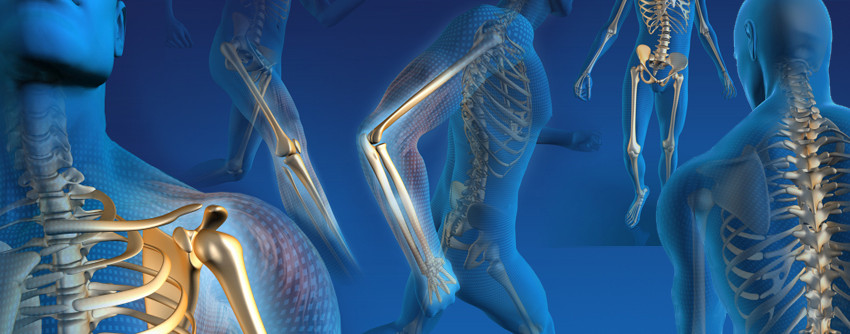Consult an orthopedic if you see any of these signs and symptoms…
Most people ignore pain and discomfort in bones and muscles thinking it will subside. In most cases it does. However, in some cases the discomfort could be a symptom of a fracture, dislocated joint, arthritis or other serious conditions and ignoring them for too long can complicate the problem further. Even so, you might feel reluctant to visit an orthopedic surgeon fearing a surgery for a minor problem.
Rest assured, orthopedic specialists in general suggest surgery only if it’s needed, they usually start with simpler methods like medicine, cast or physiotherapy before going for implants and such.
Still, if you aren’t sure that you need to see an orthopedic doctor, watch out for these signs to decide:
Chronic Pain; any pain that does not subside after twelve weeks since it emerged is called chronic pain. Your bones or muscles may hurt due to a disease, injury or over-exertion but if the pain does not fade, it’s time to call a doctor.
Reduced Range of Motion; If you are unable to move a muscle or find it difficult to do so due to a stiffness of joints or muscles consult an expert. Though it’s normal to feel stiffness in joints as you age, it could also be a symptom of arthritis.
Problems with activities of daily living; If you face difficulties in performing regular activities such as walking, standing, sleeping or anything else due to severe pain, stiff or unmovable joints, shortness of breath, shaky feet or fatigue it’s probably serious.
Continuous Inflammation after Injury; While swelling, redness, stiffness, heat or soreness is normal after an injury, if the injured region shows no sign of recovering more than forty-eight hours after when you got injured, it could be an infection or tendinitis and should be diagnosed by an expert.
Deformed Joint or Bone; this can be due to a fracture, a joint dislocation, soft tissue injury or could be genetic. Ignoring a deformed joint or bone is not a good idea because it may cause pain, limit your range of motion or develop into osteoarthritis.
Shakiness in the joints; while it’s normal to feel shaky after an intense workout or due to nervousness or anger, it might also be a symptom of a joint problem. Get an appointment regardless of whether your limbs shake continuously or only when you move.
Redo procedures and unsuccessful treatment; If you got treatment for your problems through physiotherapy or medication, but the symptoms have not subsided then you might want a second opinion from an orthopedic specialist. Your doctor will usually recommend one if their treatment doesn’t work.
These signs can appear in alone or in combination. If you notice these signs, don’t wait too long. Contact an orthopaedist immediately and get a diagnosis. Even if the diagnosis reveals nothing wrong or only a minor issue, it is better to be safe than sorry.

